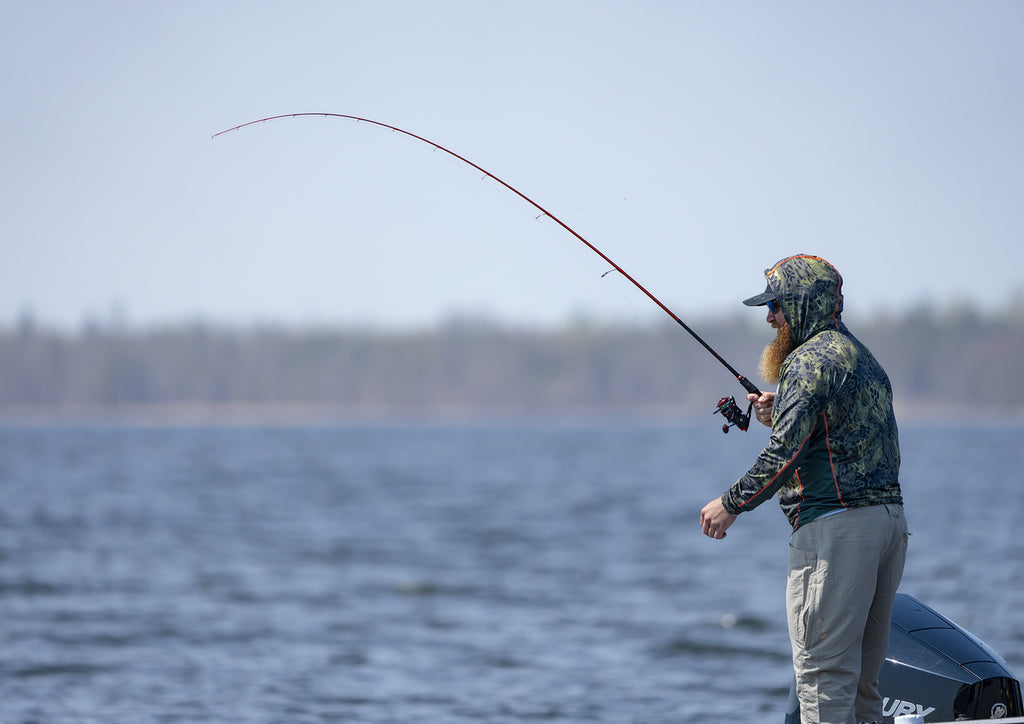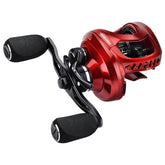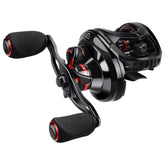
How To Tie A Hook On A Fishing Line
The idea of this article is not just the many knots you can use to tie a hook on a line but really how to do so. Believe it or not there are reasons why some knots are chosen over others. I will try and provide the reasons why some knots are used along with the knots I use. I understand this is a controversial topic since many have different ideas of the best knots to use but I will just give you my opinion and invite you all to discuss down below.
First off, let’s start with one of the most common knots used for decades. In my opinion, the snelling of a hook is more of a concept more than just a knot. To snell a hook is to have the line go through the eye of a hook and actually tie the line to the shaft of the hook rather than the eye like so many other knots. Many times, this type of a knot is used for hooks that have the eye of the hook bent a bit to accommodate the line coming off of it. If you were to snell a knot with a straight eye hook, always be sure to go in from the front of the hook where the bend is to force the hook to come forward. This helps in the hook set. I use a snell knot when I am fishing for fish that do not have sharp teeth and are heavy. A perfect target species for this is catfish and it turns out that the knot helps keep bait on the hook when partnered with a baitholder hook that I commonly use for catfish. You may have a question about a comment I made about using this hook for a fish that does not have sharp teeth. Why you may ask? When a fish has sharp teeth, it is true that when hooked the most pressure should be at the bend of the hook but if you do happen to get some slack in your line or if you caught the fish in the crook of the mouth the teeth of the fish could nick the line on the shaft and actually loosen or break the knot. Consider that the knot is tied to a metal backing so mono or fluoro line is basically a pliable, nylon material could easily be sheared when pressure is applied to a hard, metal backing like the shaft of a hook. A snelled hook is normally on a leader of about 12”-14” of leader line that has a simple surgeons knot at the other end of the leader than the hook. This is to secure the leader line with a clasp swivel to allow the angler to quickly change out your hook, length of leader or thickness of fishing line.
The Snell knot

Now for the most common type of knot in my classifications. A direct knot is a knot that is simply described as a knot that ties directly from the line to the eye of the hook. Some examples of this kind of knot are a cinch, improved cinch, Trilene, palomar, uni and my personal favorite the San Diego jam knot. Anglers over the years have all taken the time to prove how well some knots work over others in the end, I believe that you should go with a knot that you have confidence in, perfect it and stick with it. As mentioned, I use the San Diego Jam knot and have even tried to tie it on a boat with my eyes closed as fast as possible as we are headed to the fishing grounds. Just the practice really helps me improve the knot durability and improves my consistency in the tie. In this mindset I highly recommend to learn to tie your knot under all conditions for speed and hopefully gain some muscle memory with your fingers when you tie. You would be surprised how a rocking boat or dock can really cause an angler to hook themselves tying a knot they have tied a thousand times at home. If you have braid on your reel it is considered to be the best practice to have your braid tie to a swivel which will then transition to monofilament and then to the hook with any of the knots above. This will help keep the line as stealthy as possible so the fish don’t see it and with the hopes of have as natural of a presentation as possible.
The Perfection loop

Now that we have covered the major knots it’s time to get a bit tricky and use some specialty knots. A knot that I have a lot when fishing with live bait is a knot that actually does not tie directly to the eye or the shaft. It is a loop that allows the hook to move freely as the eye slides within the loop. When learning these knots just remember that the loop does not need to be that large, just about ½ of an inch wide. The idea is that having the hook move freely enables a more lively and natural presentation of your live bait. If this is something that might benefit your fishing, take a look at a knot called the perfection loop. It is very easy to tie and I absolutely was doubtful when I tried it my first few times but I have yet to have one fail on me yet. Once you get the hang of it, you will find that ringed hooks will no longer be needed which will ultimately save you money in the long run.












